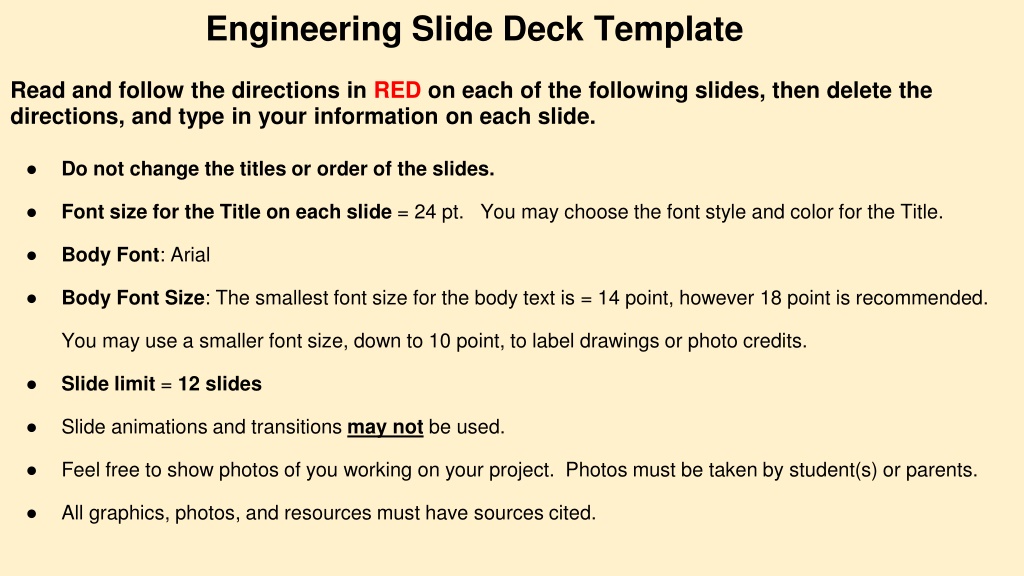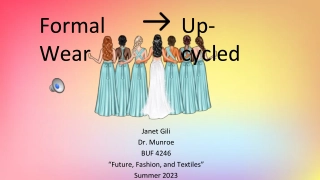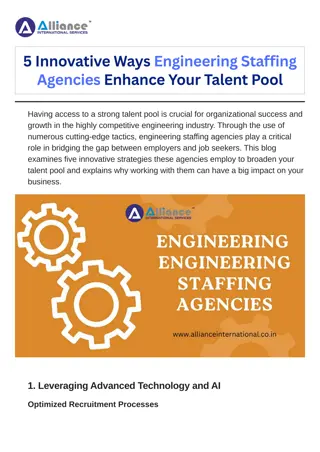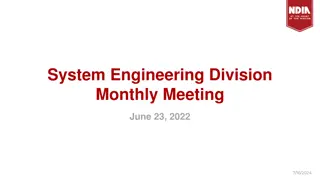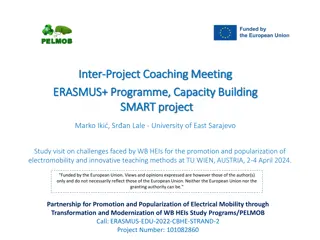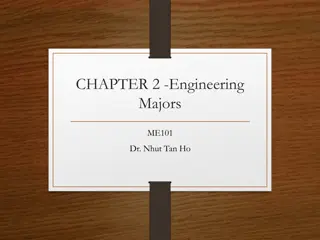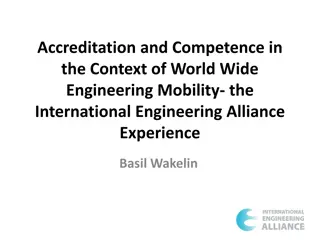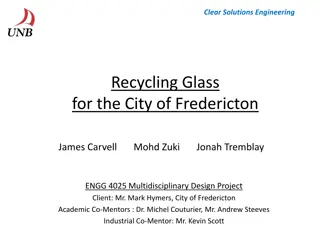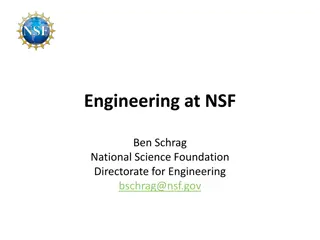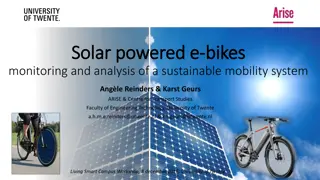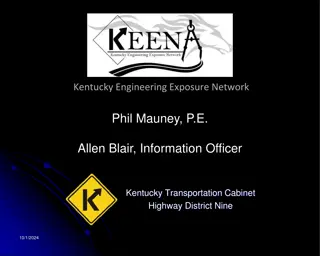Innovative Engineering Project for Sustainable Solutions
Implementing an engineering solution to address a specific problem, conducting background research, designing and testing prototypes, detailing materials used, and outlining procedural steps for completion.
Download Presentation

Please find below an Image/Link to download the presentation.
The content on the website is provided AS IS for your information and personal use only. It may not be sold, licensed, or shared on other websites without obtaining consent from the author. Download presentation by click this link. If you encounter any issues during the download, it is possible that the publisher has removed the file from their server.
E N D
Presentation Transcript
Engineering Slide Deck Template Read and follow the directions in RED on each of the following slides, then delete the directions, and type in your information on each slide. Do not change the titles or order of the slides. Font size for the Title on each slide = 24 pt. You may choose the font style and color for the Title. Body Font: Arial Body Font Size: The smallest font size for the body text is = 14 point, however 18 point is recommended. You may use a smaller font size, down to 10 point, to label drawings or photo credits. Slide limit = 12 slides Slide animations and transitions may not be used. Feel free to show photos of you working on your project. Photos must be taken by student(s) or parents. All graphics, photos, and resources must have sources cited.
Project Title Problem: State the PROBLEM you are trying to solve. Examples: Problem: Controlling hillside erosion in our city. Problem: Removing flood water from a local tree orchard. Problem: Removing litter from Alameda Bay s sea floor. (Opt. You may insert a photo of your project or a background that pertains to your project on this Title page) Name: School: Teacher:
Abstract Write the Abstract last, after your project and analysis are finished. The Abstract is a summary of your project -250 words or less- and must include: Problem Procedures Data and a brief analysis (no graphs). Conclusion (state whether your proposed solution was or was not validated and WHY).
Background Research Brief summary of the background research and information needed to solve your problem. Include citations when referencing other scientists work or projects, that may have served as inspiration for your solution, if applicable. Optional: Include any Criteria and Constraints that are needed to solve your problem. Example: -Criteria: The standards that the solution must meet in order to solve the problem. -Constraints: Any limitations such as: time, money, size, materials, location, etc., that must be met for a solution to be acceptable.
The Engineering Solution, Prototype or Model to be tested. Explain the solution, prototype or model that you have designed and tested to solve your Problem. You may include any pictures, drawings, diagrams or experimental set-up. Label all illustrations.
Materials Provide a detailed list of all the items you used to complete your project. (Be specific: size, number, amount, type of materials, etc.)
Procedures List and number all the steps/procedures you followed to complete your project. Be sure to include any revisions of your solution, prototype or model and re-testing procedures in your Procedures list.
Results - Data/Observations Include any qualitative and quantitative data collected while testing your solution or prototype, or model. Include charts and graphs of your results. Use appropriate statistics (average, % error, and a variety of statistical tests) to analyze and share your results.
Revised Solution, Prototype, and/or Model Complete this slide if you revised or re-designed the solution to your problem, prototype and/or model. Explain WHAT you changed and WHY you revised your solution. Include any new data and observations that were collected when you re-tested your revised solution, prototype or model.
Discussion Summarize and Analyze your data including patterns, trends, errors and variables that could have influenced the results. If data was collected, use appropriate statistics (average, % error, and a variety of statistical tests) to analyze and share your results. You may want to discuss how your prototype is an improvement or advancement over what is currently available. If available, relate your findings to other studies that are related to your problem or solution. Did your project turn out as you expected? Cite all references.
Conclusion What was the Solution that solved your Problem? Were you able to scientifically explain why you got the results that you did? What application(s), if any, do you see for your work? Do you have any further research questions or other variables to test as a result of this project? Any Next steps? Further research questions? Ideas?
Reflection/Application Things you might want to reflect on: What you learned from doing this project? What you might have done differently? How your results may be applied to everyday life? Who would be interested in knowing about the results of your project? How your solution, prototype or model is an improvement or advancement over what exists now? How your results may be applied to other similar problems or studies? What next steps or future questions might you investigate?
References Cited 1. List all citations and resources, both print and electronic, including personal interviews, in alphabetical order using the APA Citation Guide: See examples at: https://www.mendeley.com/guides/apa-citation-guide 2. Citation Requirements: - Jr. Projects = Minimum 3 references - Sr. Projects = Minimum 5 references .
